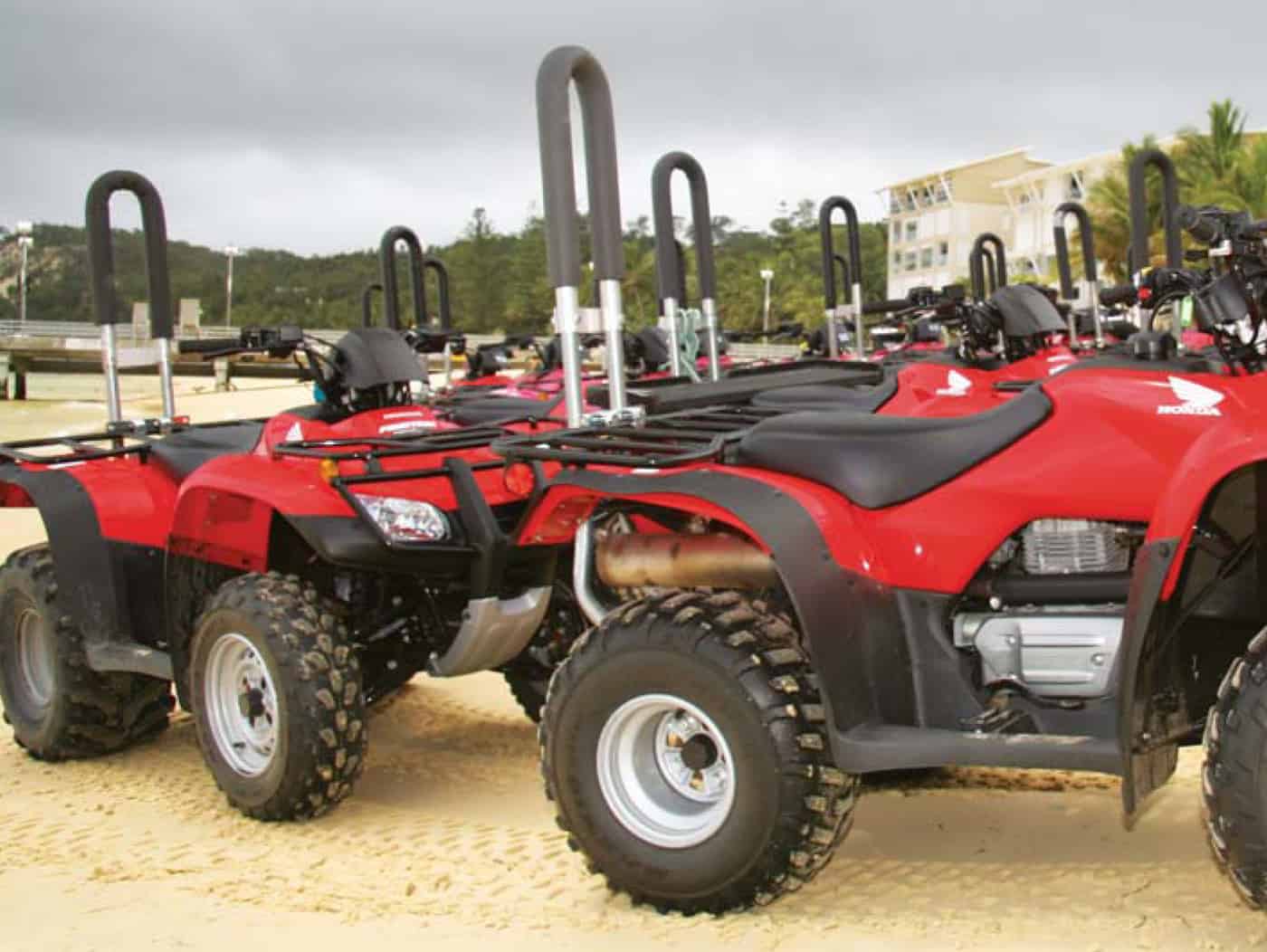The chair of Safe Work Australia, Rex Hoy, makes an extraordinary challenge to the manufacturers of quad bikes. In a media statement released on 26 April 2013, he
“…has called on the designers and manufacturers of quad bikes to urgently reconsider improving the design of quad bikes so they are not prone to roll over.”
 This sounds a sensible and safe suggestion but independent Australian research is still to be completed on whether these work vehicles are prone to roll over as a result of their design, and not simply driver (mis)behaviour.
This sounds a sensible and safe suggestion but independent Australian research is still to be completed on whether these work vehicles are prone to roll over as a result of their design, and not simply driver (mis)behaviour.
Hoy notes that people continue to die whilst riding quad bikes and is quoted saying:
“We cannot sit by and watch people being killed and seriously injured by these vehicles. Everyone has a responsibility for quad bike safety but it must involve a safer product. We need to ask ourselves how much a life is worth opposed to the cost of a crush protection device.”
Quad bike designers and manufacturers have been emphatic in their position that rollovers are, primarily, the fault of driver behaviour and that crush protection devices are likely to contribute to rollovers or exacerbate worker injuries from rollovers. Continue reading “Safe Work Australia vs Quad Bike Manufacturers”



 Sloan rehashes some of the April 2012 article including the image of crying public servants but gives prominence to the inconvenience to some companies under the Comcare scheme. Several years ago some national companies opted out of State-based OHS and workers’ compensation schemes in order to join the only national safety scheme that was available at the time. Part of the reason for this move was that it provided national coverage for national businesses. Some complained because Comcare was seen as having a much smaller enforcement team and that the OHS laws were, somehow, less than in many of the States. This option was provided under a Conservative Government to assist business. The same government instigated the OHS harmonisation process.
Sloan rehashes some of the April 2012 article including the image of crying public servants but gives prominence to the inconvenience to some companies under the Comcare scheme. Several years ago some national companies opted out of State-based OHS and workers’ compensation schemes in order to join the only national safety scheme that was available at the time. Part of the reason for this move was that it provided national coverage for national businesses. Some complained because Comcare was seen as having a much smaller enforcement team and that the OHS laws were, somehow, less than in many of the States. This option was provided under a Conservative Government to assist business. The same government instigated the OHS harmonisation process.